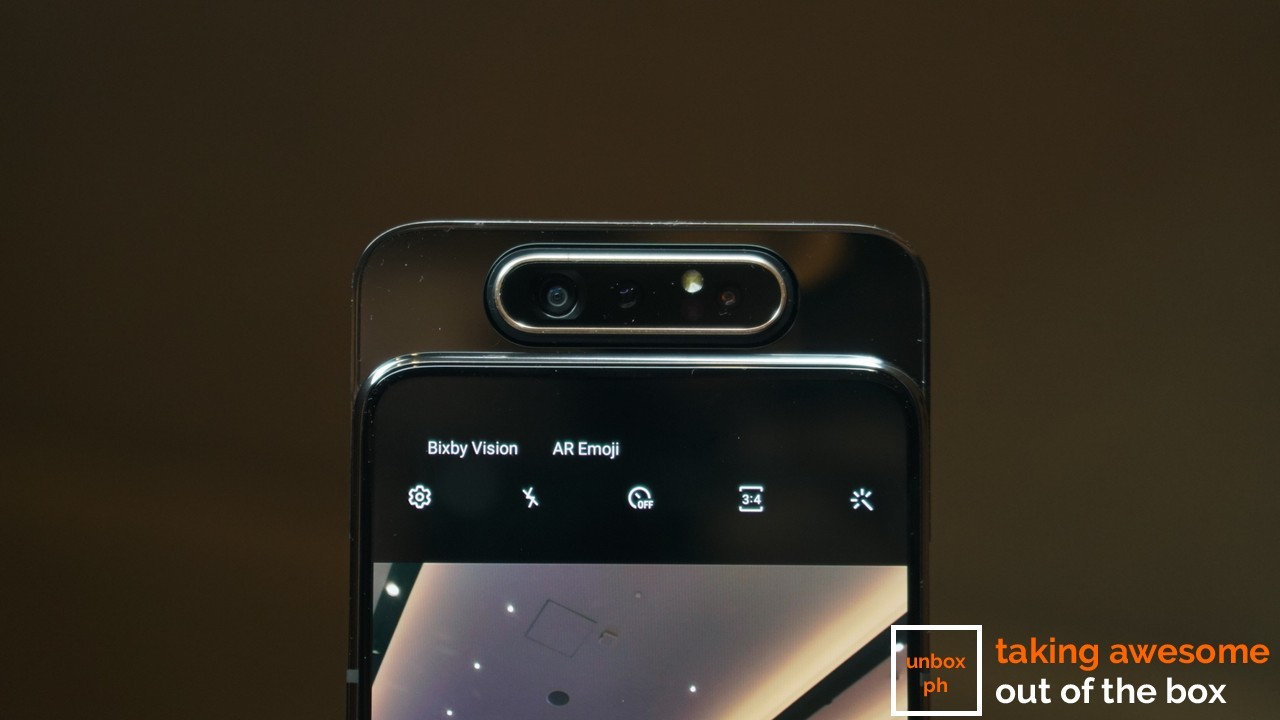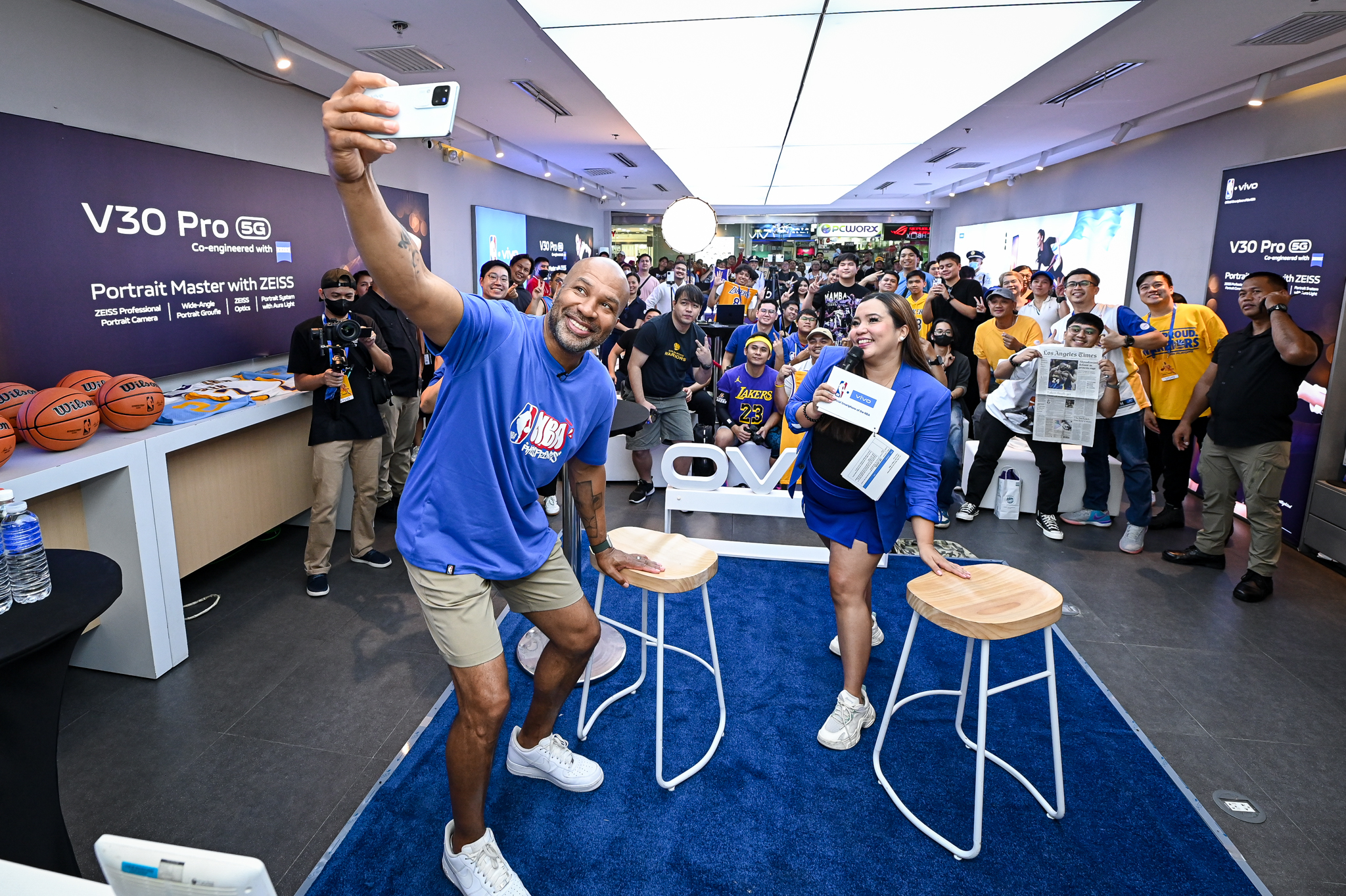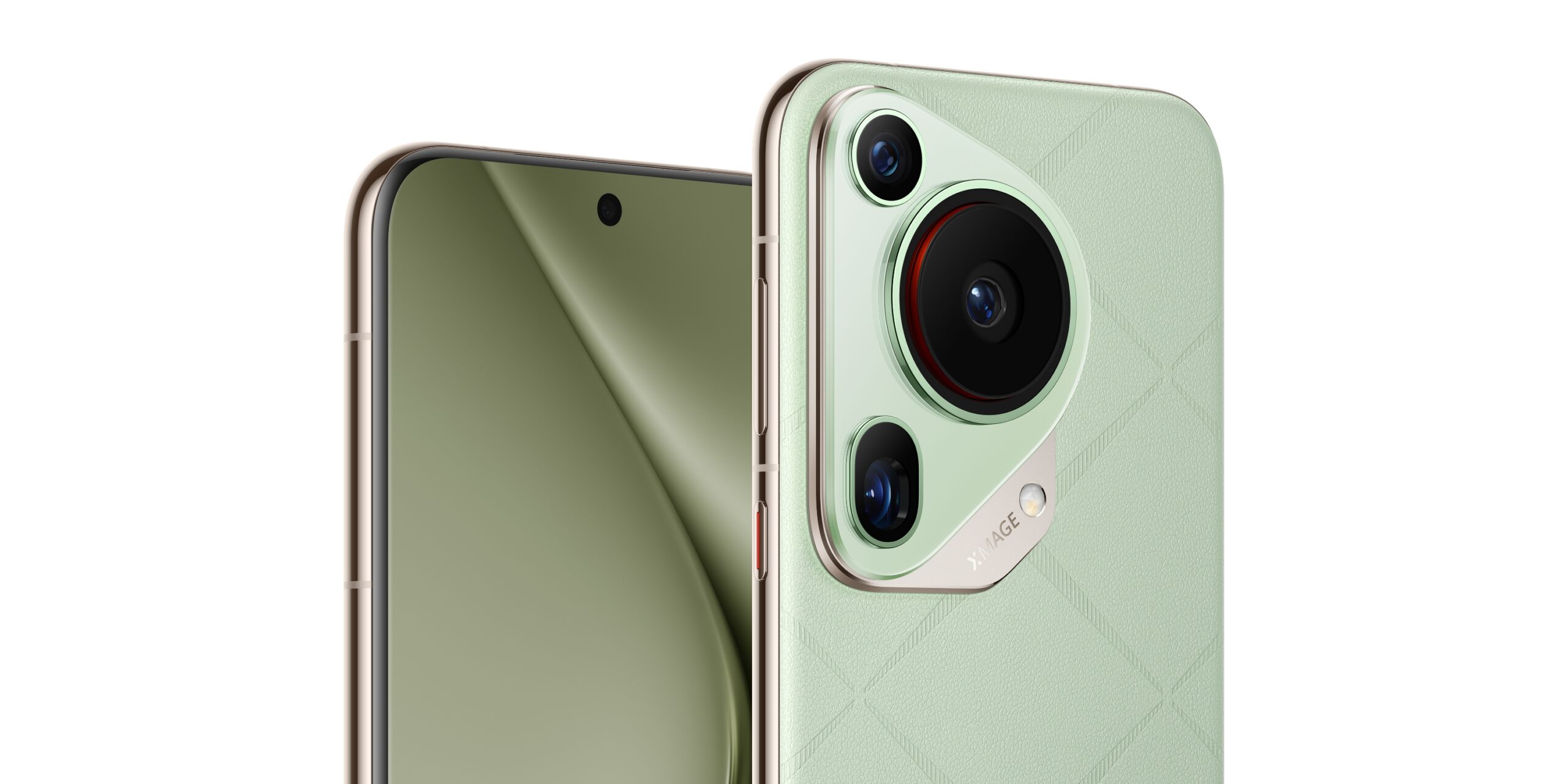They have their advantages…and disadvantages
Manufacturers have been trying to find a way to give customers a phone that’s all-screen. But that’s been difficult, if not impossible, thanks to the limitations in technology and the constant need for a selfie camera.
One of the solutions that smartphone manufacturers are turning to are pop-up camera modules, like the one in Samsung’s recently released Galaxy A80. These pop-up modules give manufacturers a way to place cameras and other sensors somewhere on the phone while still delivering on their promise of an all-screen experience.
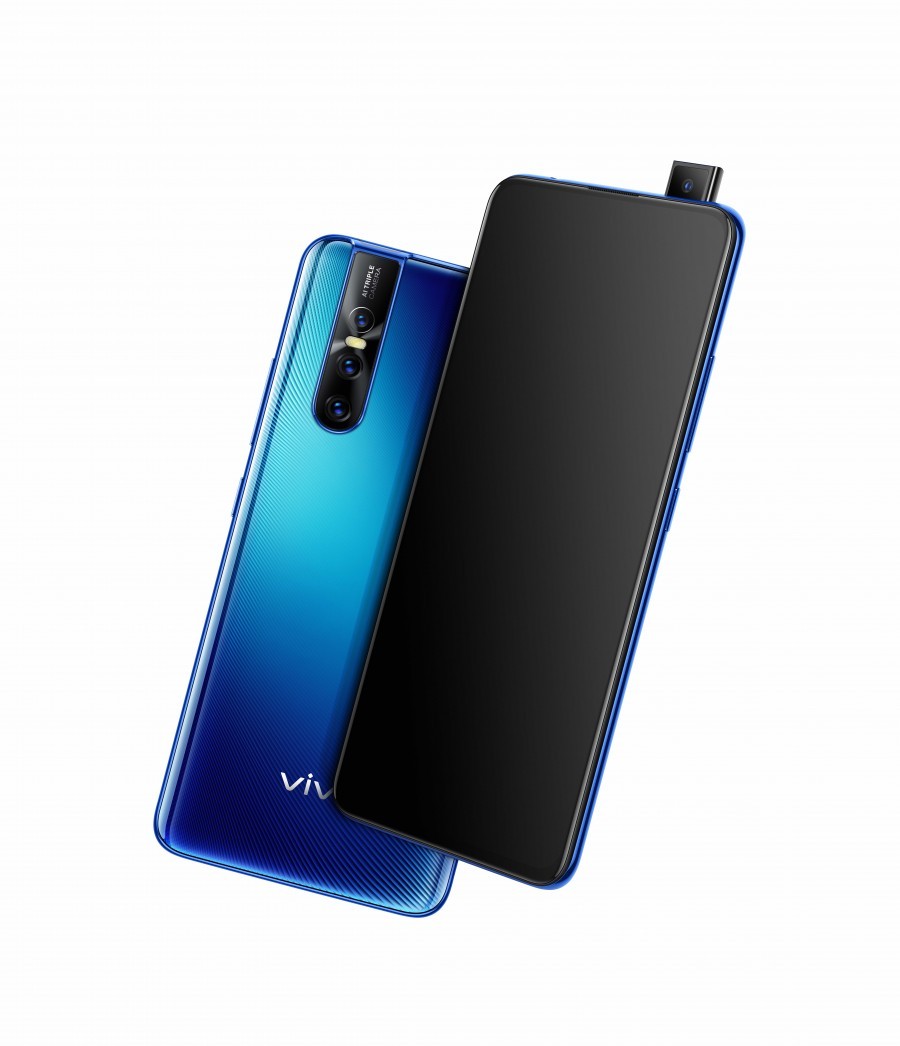
More and more companies are starting to embrace the pop-up life. What started as a concept phone for Vivo, for example, became the NEX, which sported a pop-up, motorized selfie camera on the chassis. OPPO soon followed with their Find X flagship that had a motorized top. Xiaomi and Honor were next, with their Mi MIX 3 and Honor Magic 2, respectively, through their implementation of a pop-up camera came via a manually operated slider mechanism.
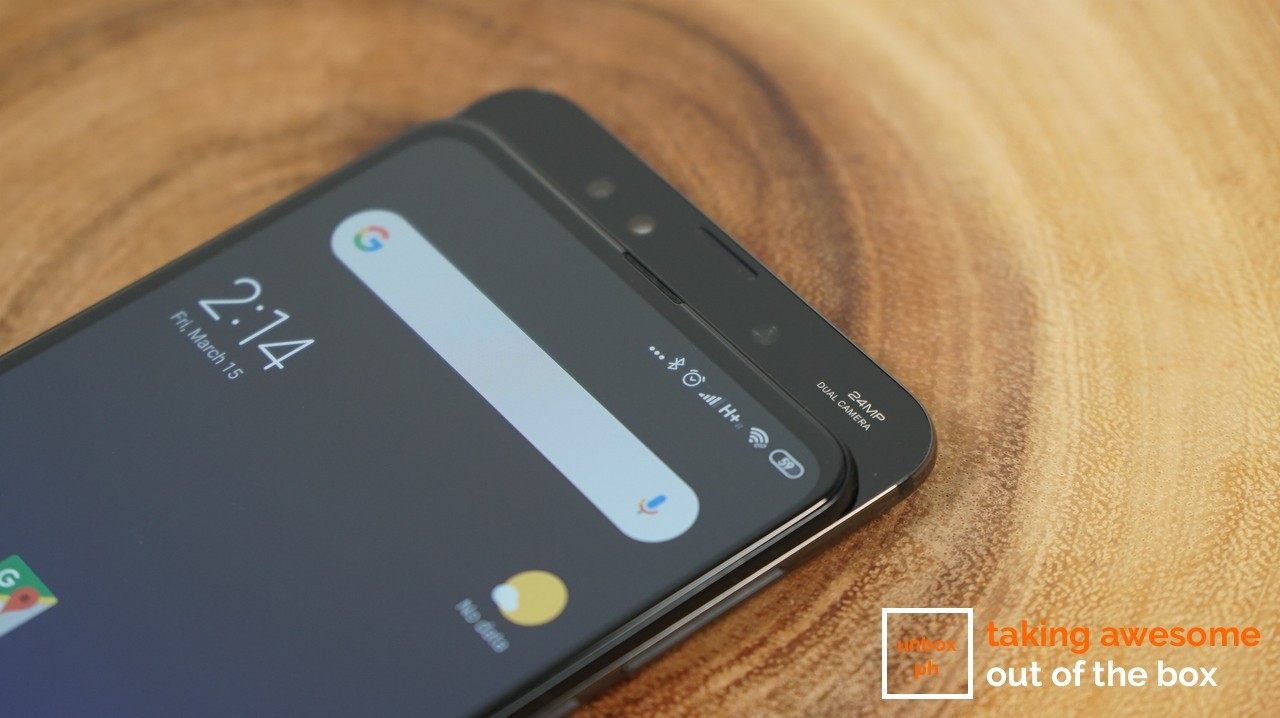
Pop-up cameras are becoming more and more common in fact, that it’s starting to become a staple in the mid-range market. Vivo’s V15 and V15 Pro uses a pop-up selfie module, same with OPPO’s F11 Pro and their new Reno smartphone.

But as awesome as pop-up cameras are, there are some serious drawbacks to them. Their inherent design is fragile, especially when you’re talking about physical abuse. I doubt that any of those pop-up modules can withstand the full force of a phone being dropped on it accidentally when the device inevitably slips out of your hand because your hand is made of butter.
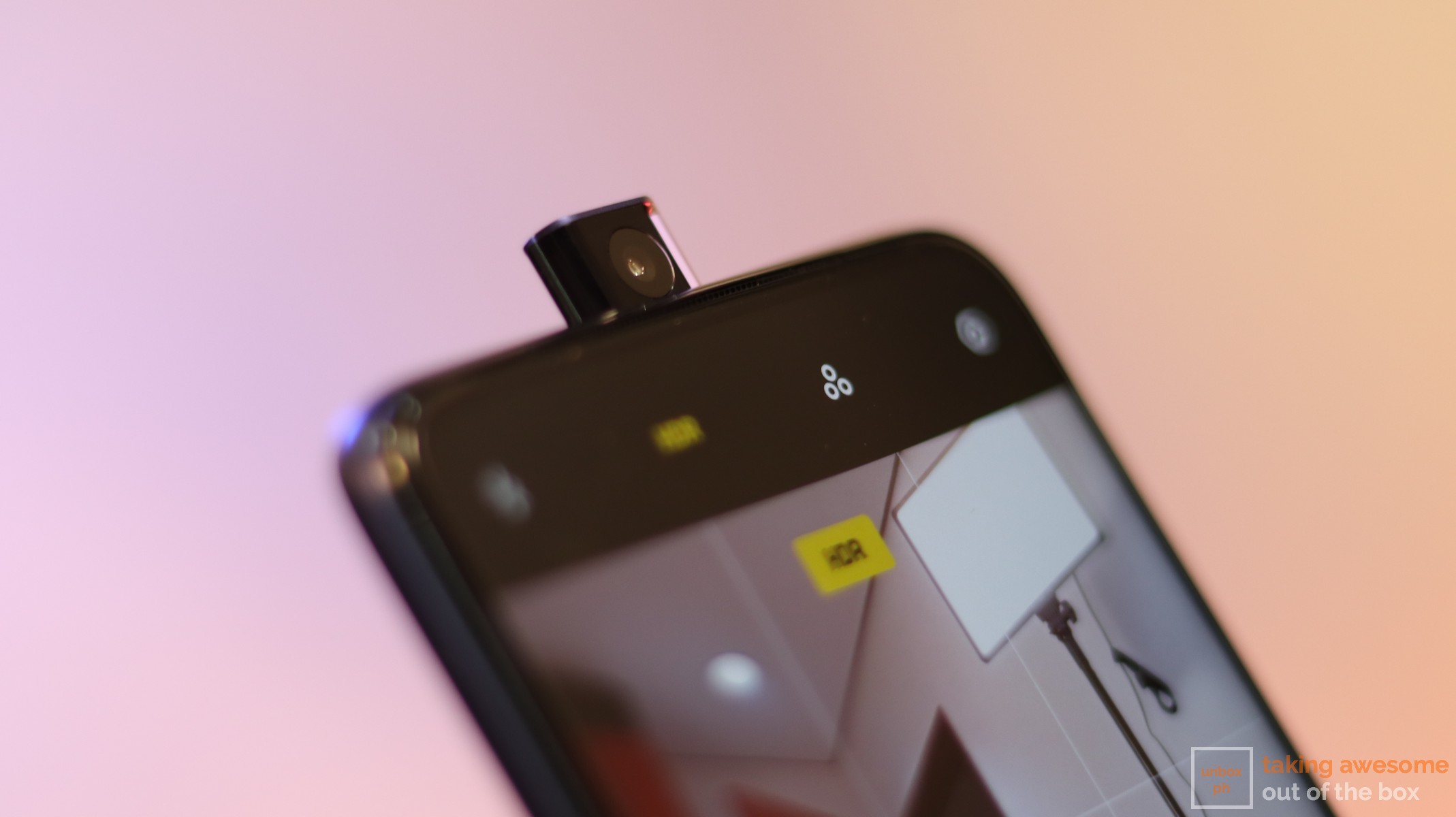
And while the phone will probably still be usable, you’re most definitely out a selfie camera, at the very least. If your answer to that concern is “just don’t drop the phone”, please leave the skin suit you wore behind, Mr. Alien, because normal human beings drop their phones no matter how careful they are with them – that’s just a fact of life.
And because of how those mechanical modules work, there are more chances for the ingress of dust and other grime into the chassis thanks to the gaps that are needed for the modules to function.
Then there’s the question of mechanical reliability. Anytime you introduce moving parts into the equation, there’s always a chance those moving parts will fail. No offense to the companies that make these phones, but that’s just a universal truth that we all have to live with like the fact water is wet (and that Enrile will never ever die).
Manually-operated pop-up systems are the most reliable of the bunch since the action that raises and lowers the camera module is done by the user. The more moving parts that are required, the more things can go wrong, and going by that thinking we’re a little concerned at the long-term reliability of the recently announced Galaxy A80, which has motors that raises and lowers the camera module as well as spin the actual camera 180 degrees each time.
But sadly, this is the only way we can get phones with gorgeous displays without a notch, a hole-punch or whatever marketing term for a camera hole in a display is announced by a brand. Until Samsung (or whoever) finally perfects a display that a camera can see through, we all have to live with the notch or grab a phone with a pop-up camera.


